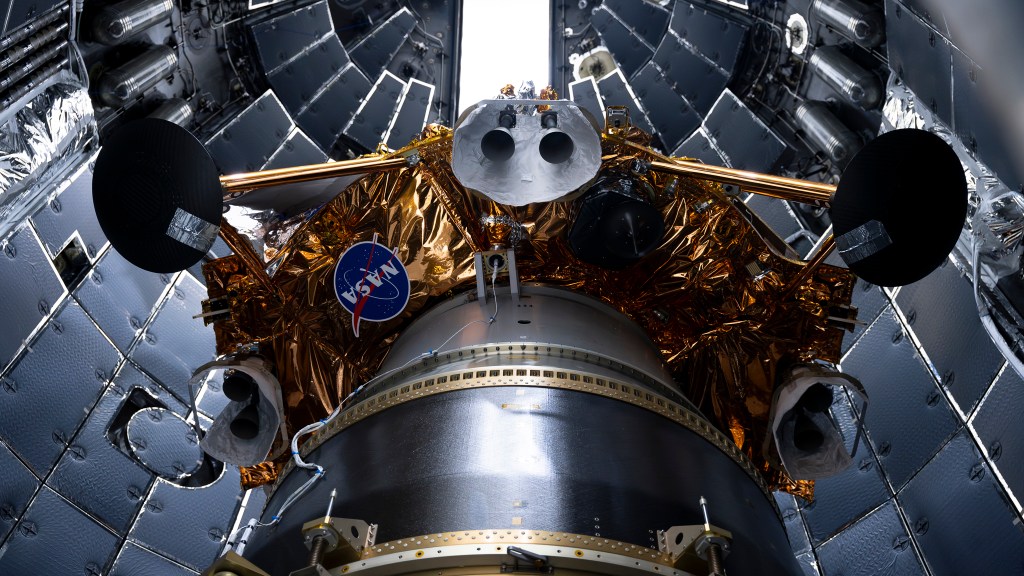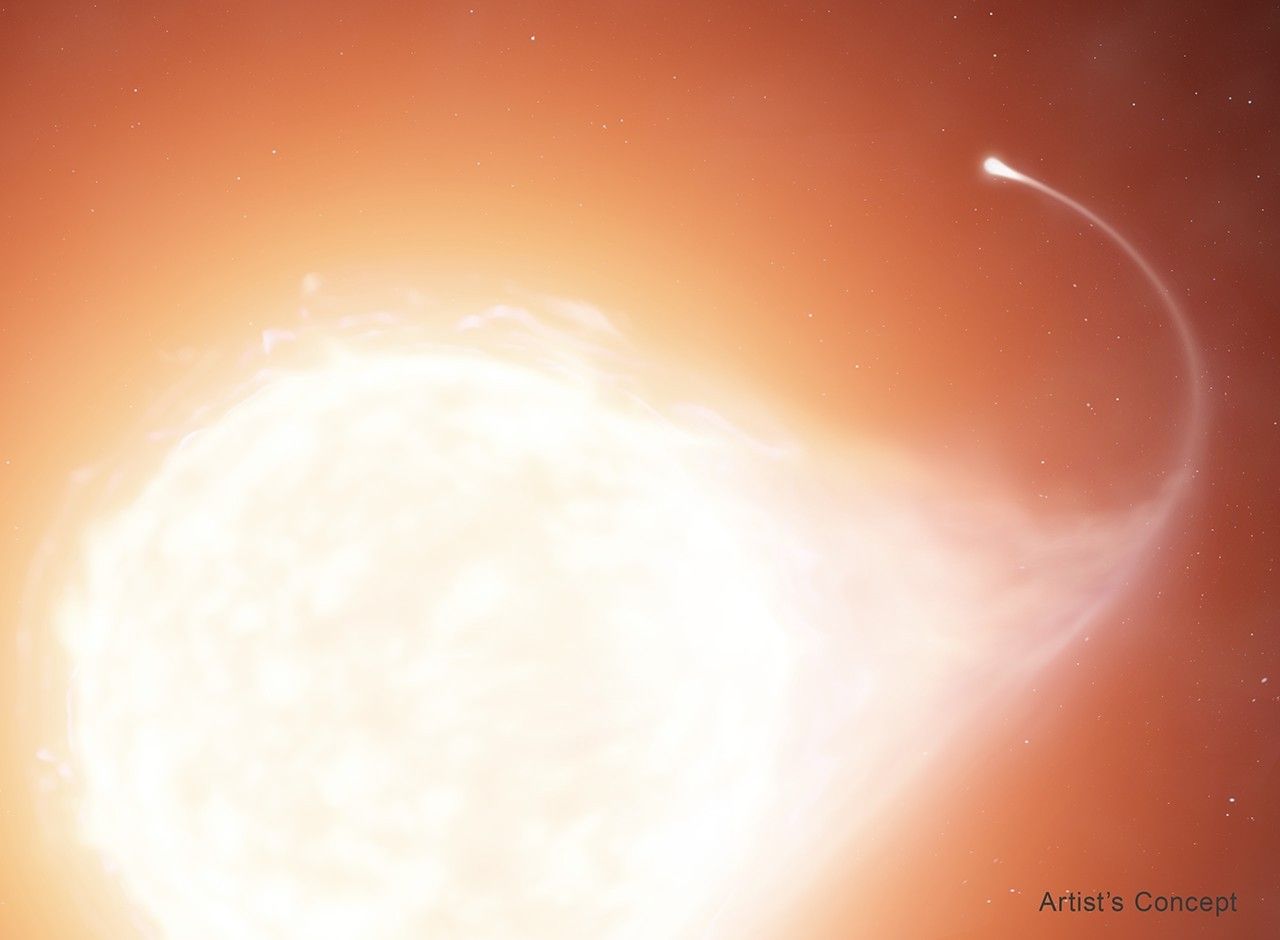In January 1990, the Long Duration Exposure Facility (LDEF), after five-and-one half years orbiting Earth, was retrieved during the STS-32 space shuttle mission and returned to Earth for close examination and analysis. The orbital facility tested the performance of spacecraft materials, components, and systems exposed to the environment of micrometeoroids, space debris, radiation particles, atomic oxygen, and solar radiation for extended periods. It has proved invaluable as engineers selected materials to build the International Space Station, Mars rovers, and other spacecraft. LDEF carried 57 science and technology experiments, the work of more than 200 investigators, 33 private companies, 21 universities, seven NASA centers, nine Department of Defense laboratories, and eight foreign countries. Investigators at NASA’s Marshall Space Flight Center in Huntsville, Ala. sponsored several experiments and analyzed many of the samples in the center’s materials and processes laboratory.
Image credit: NASA


























